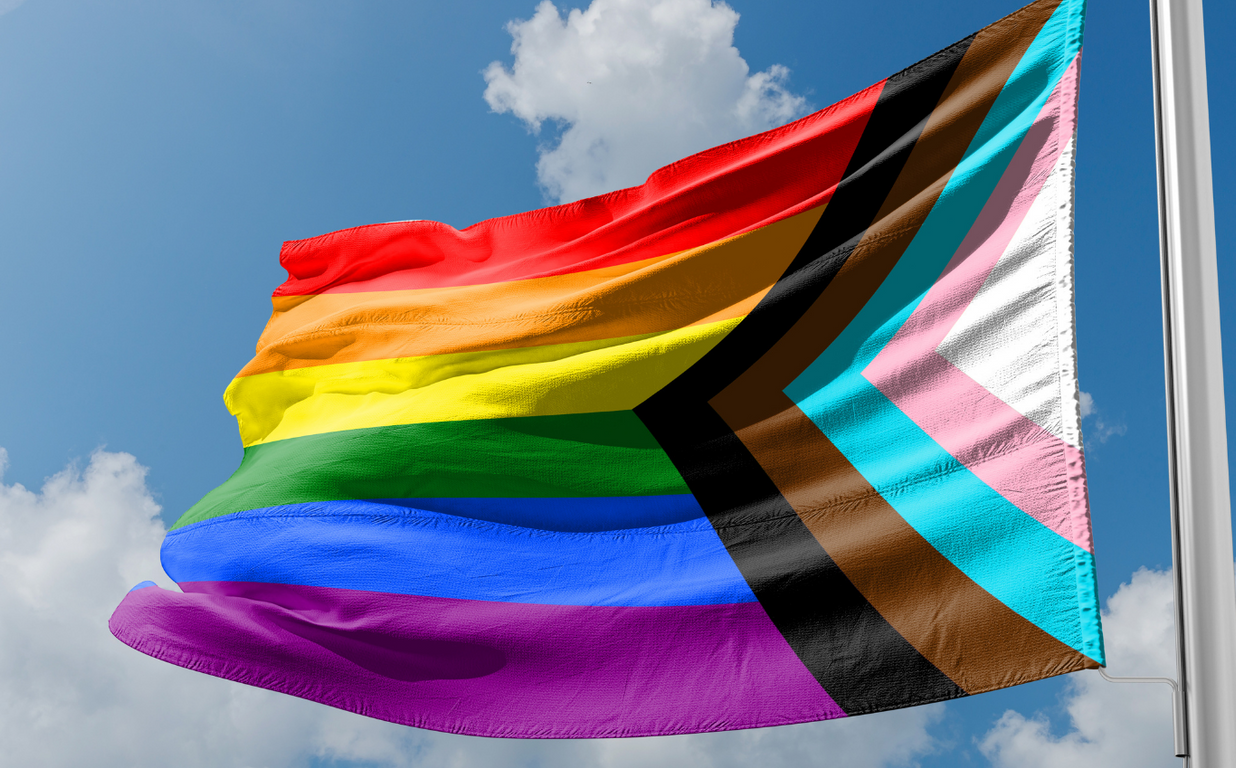LGBTQIA+ is an ever-evolving acronym that includes lesbian, gay, bisexual, transgender, queer, intersex, asexual and other identities. It is a diverse umbrella term that encompasses different sexual orientations and gender identities. This post provides an overview of how to show respect to the LGBTQIA+ community, from understanding the basics to knowing some of the more nuanced elements.
First and foremost, it’s important to understand the basics. Many people in the LGBTQIA+ community wish to be referred to using gender-neutral pronouns, such as they/them, ze/zir, or ey/em. It’s important to take the time to ask and properly use an individual’s preferred pronouns. Additionally, if you are unsure about an individual’s pronouns it is best to avoid using any pronouns until they have been specified.
Also note that there are different types of sexuality and gender identities.
Here are some of the more commonly known LGBTQIA+ terms:
• Lesbian: a female-identifying person who is attracted to other female-identifying people
• Gay: a male-identifying person who is attracted to other male-identifying people
• Bisexual: a person who is attracted to both male and female-identifying people
• Transgender: a person whose gender identity differs from their birth-assigned sex
• Queer: an umbrella term for non-heterosexual and non-cisgender identities
• Intersex: a person whose biological sexual characteristics may not fully align with binary male or female bodies
• Asexual: a person who experiences little to no sexual attraction
In addition to understanding the different types of sexuality and gender identities, it’s important to use respectful language when talking about the LGBTQIA+ community. Avoid using terms such as “the gays” or “sexual deviants,” as these terms can be derogatory and offensive. Furthermore, avoid making assumptions about another’s identity and instead ask politely and respectfully.
One of the most important elements of showing respect to members of the LGBTQIA+ community is understanding and respecting their boundaries. For example, if an LGBTQIA+ individual does not want to disclose their sexual orientation or gender identity, it is important to respect that individual’s wishes and not out them. Furthermore, avoid making assumptions about their gender-expression or how they identify. Instead, take the time to ask politely and respectfully.
Finally, understanding the diverse intersectionality of sexuality and gender is essential when attempting to understand and show respect to members of the LGBTQIA+ community. For example, a femme lesbian might experience different forms of discrimination than a butch lesbian, and a transgender person of color might face a different set of challenges than a transgender person who is white.
The LGBTQIA+ community is vast and diverse, with varying forms of expression. Taking the time to understand the basics of the community, remain respectful of individuals’ boundaries and identities, and recognizing the intersectional elements of gender and sexuality will help ensure the respect of the LGBTQIA+ community.
With these tips, we hope that you have a better understanding of the basics of the LGBTQIA+ community and how to show respect.

